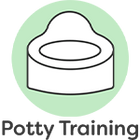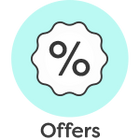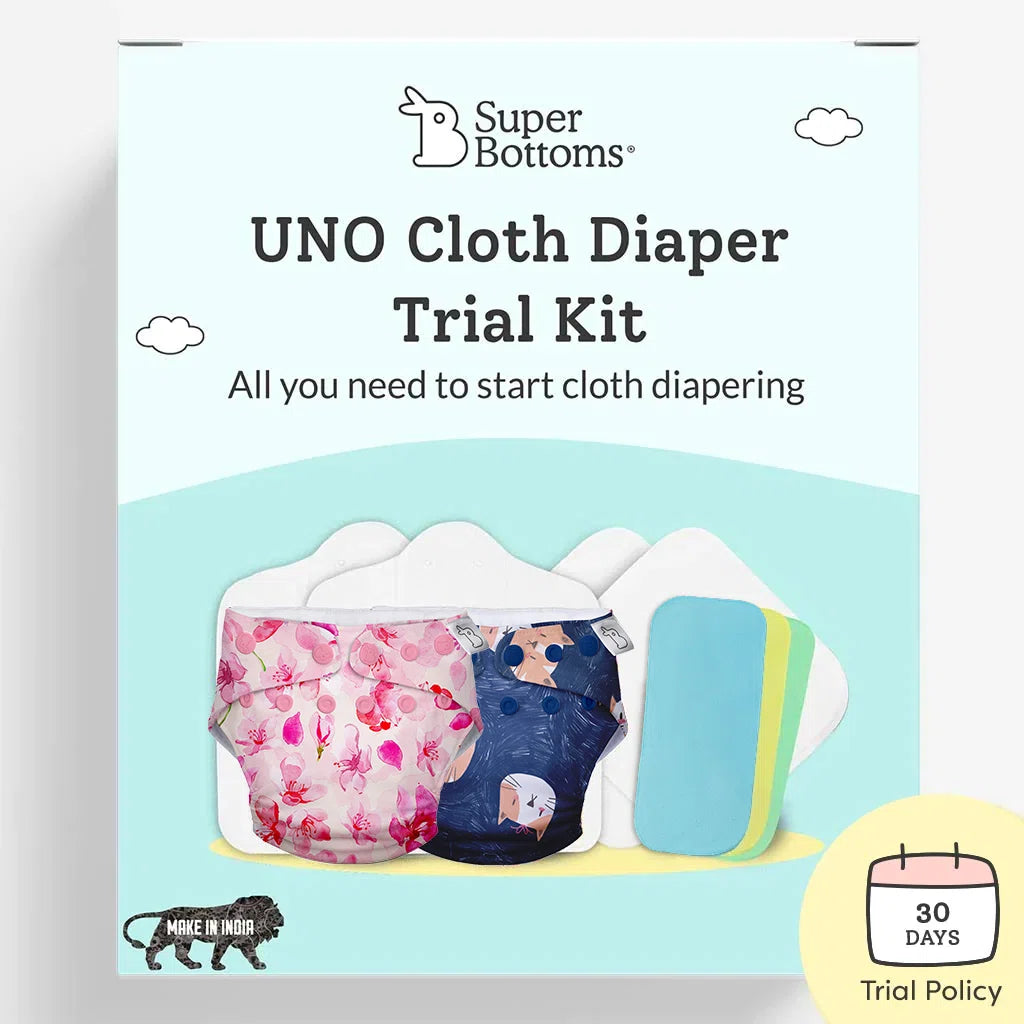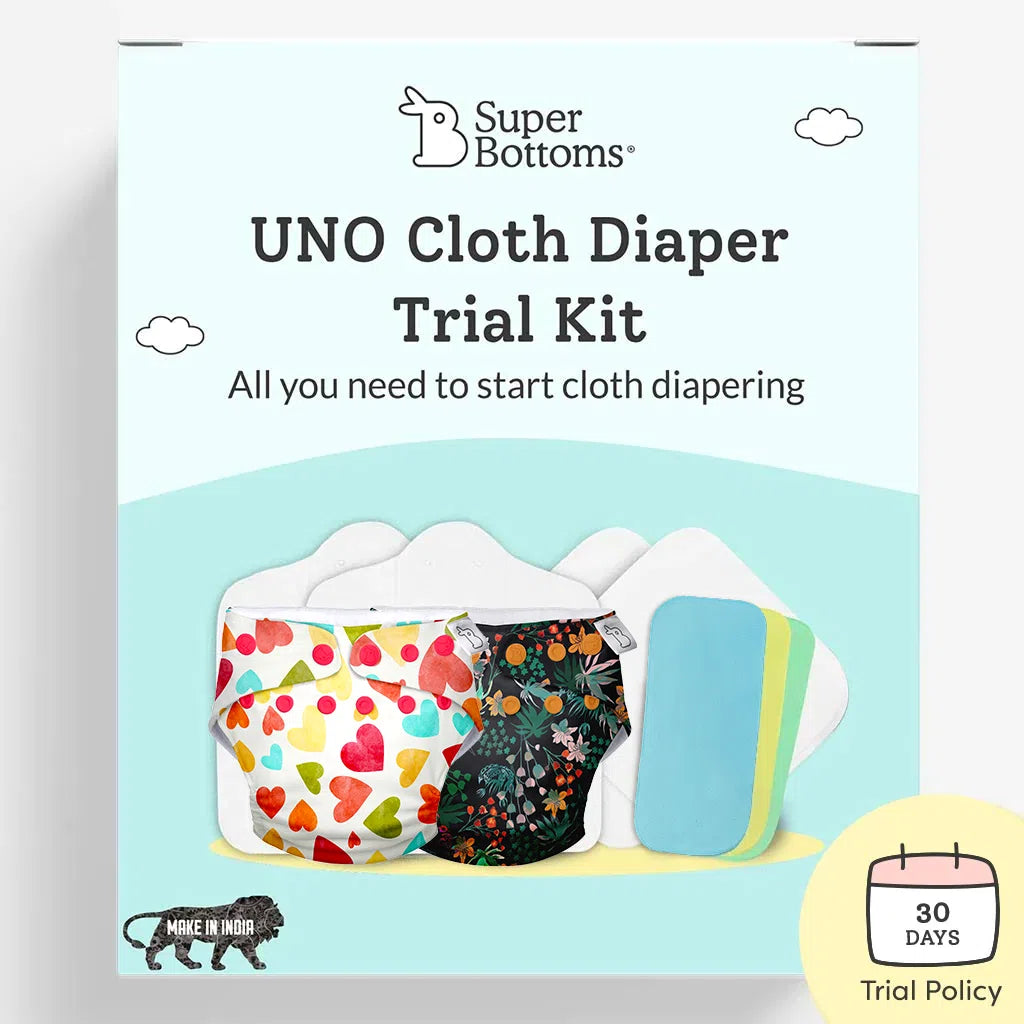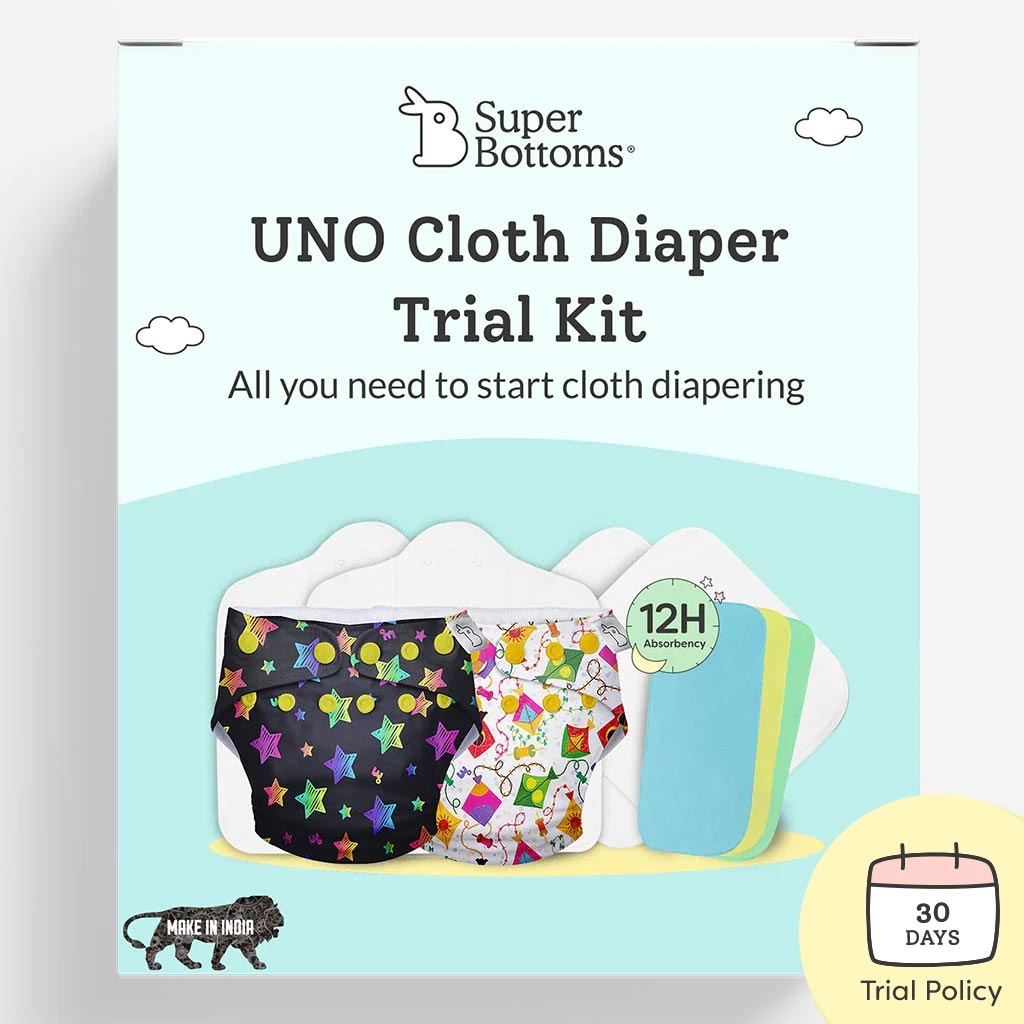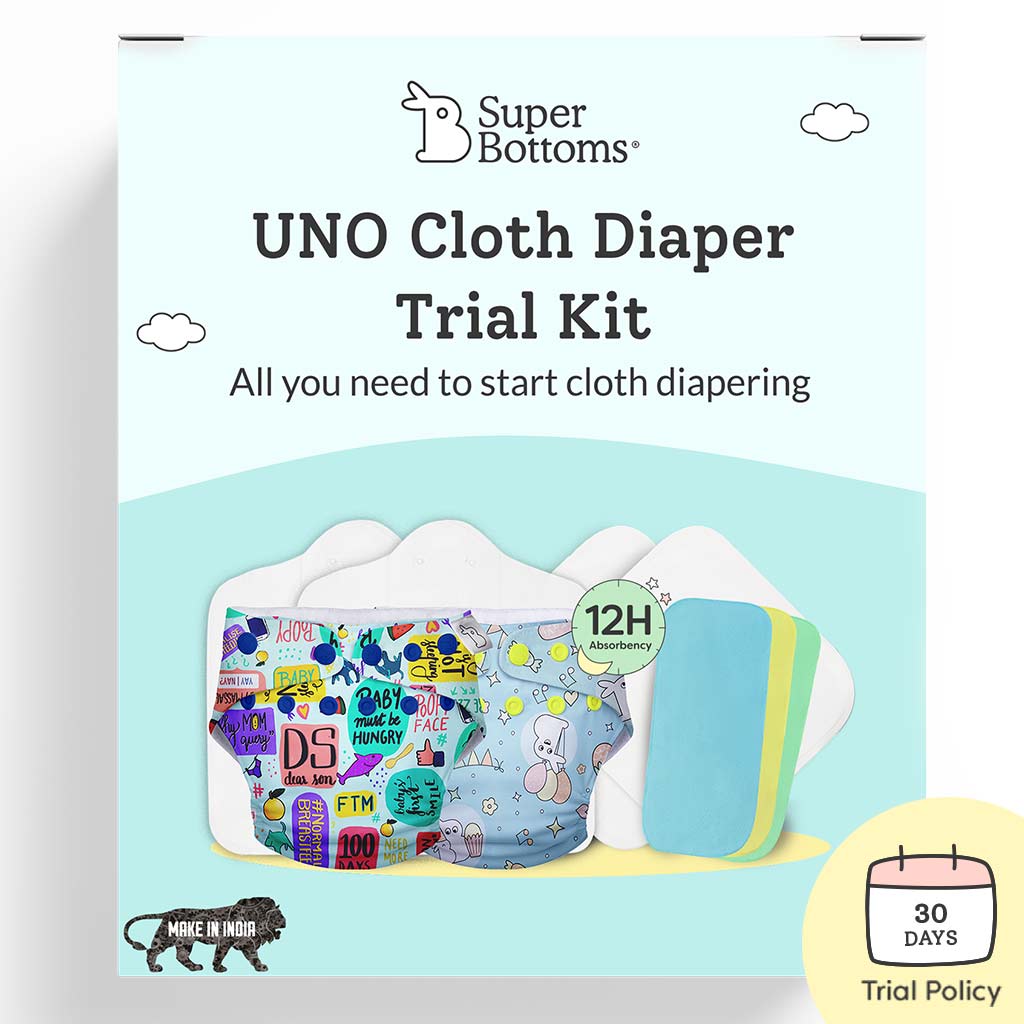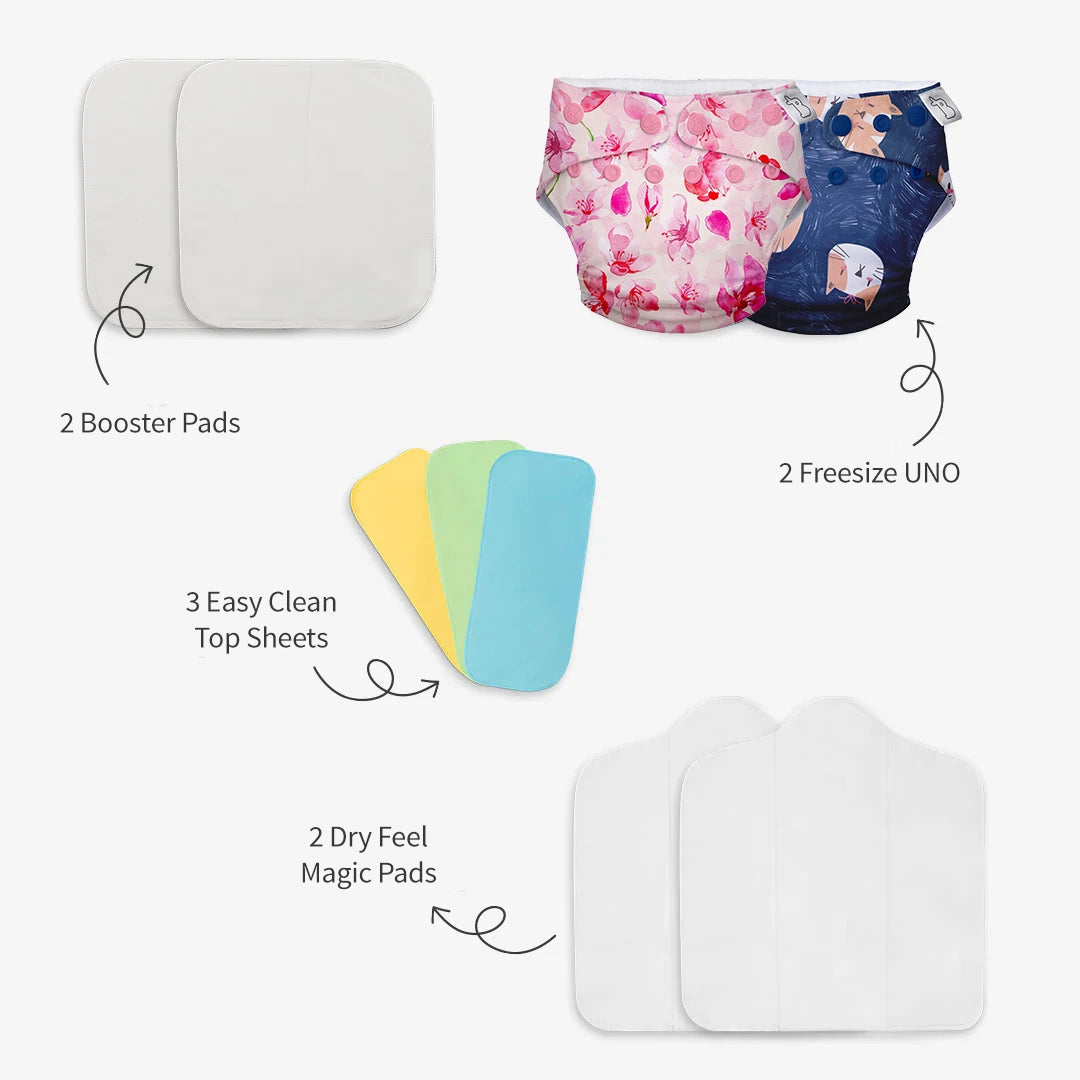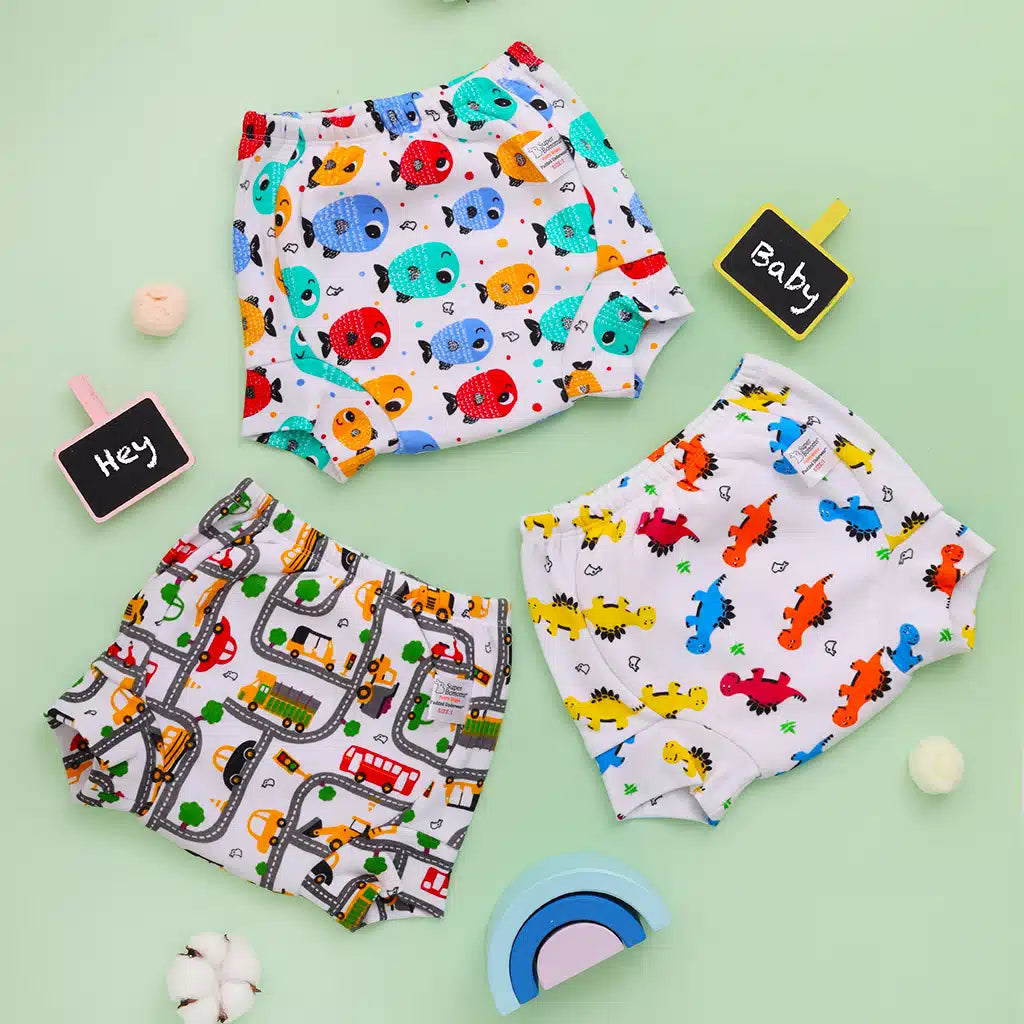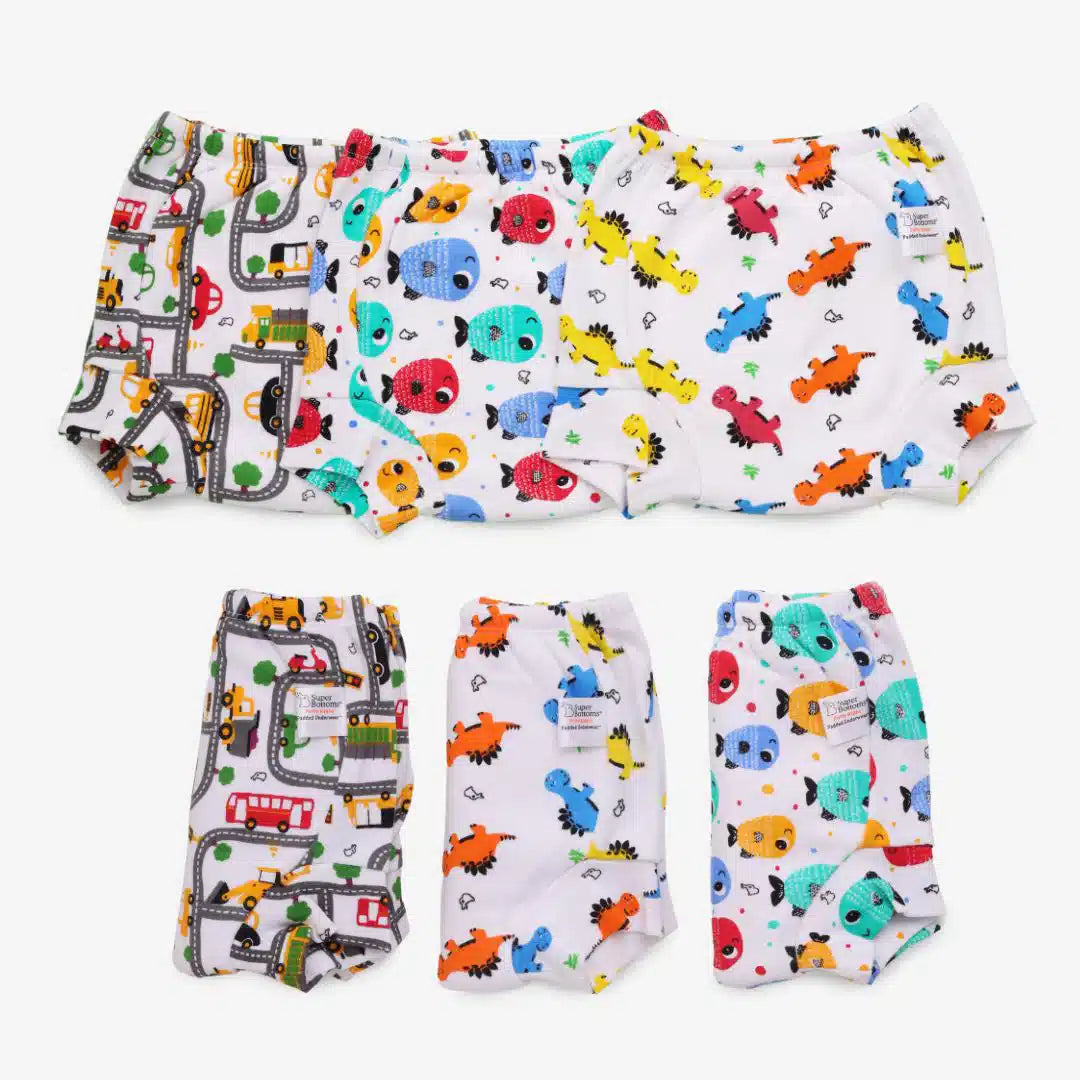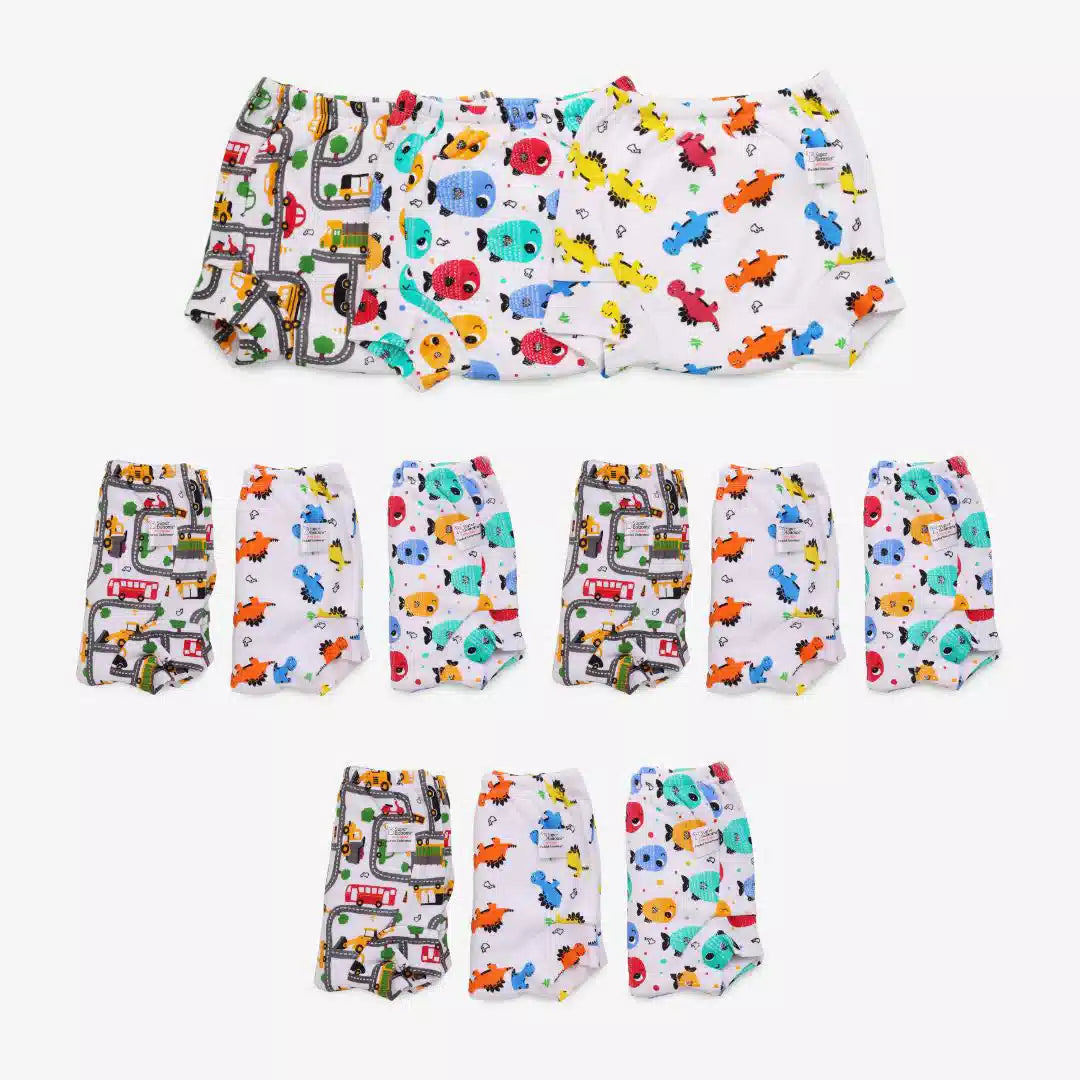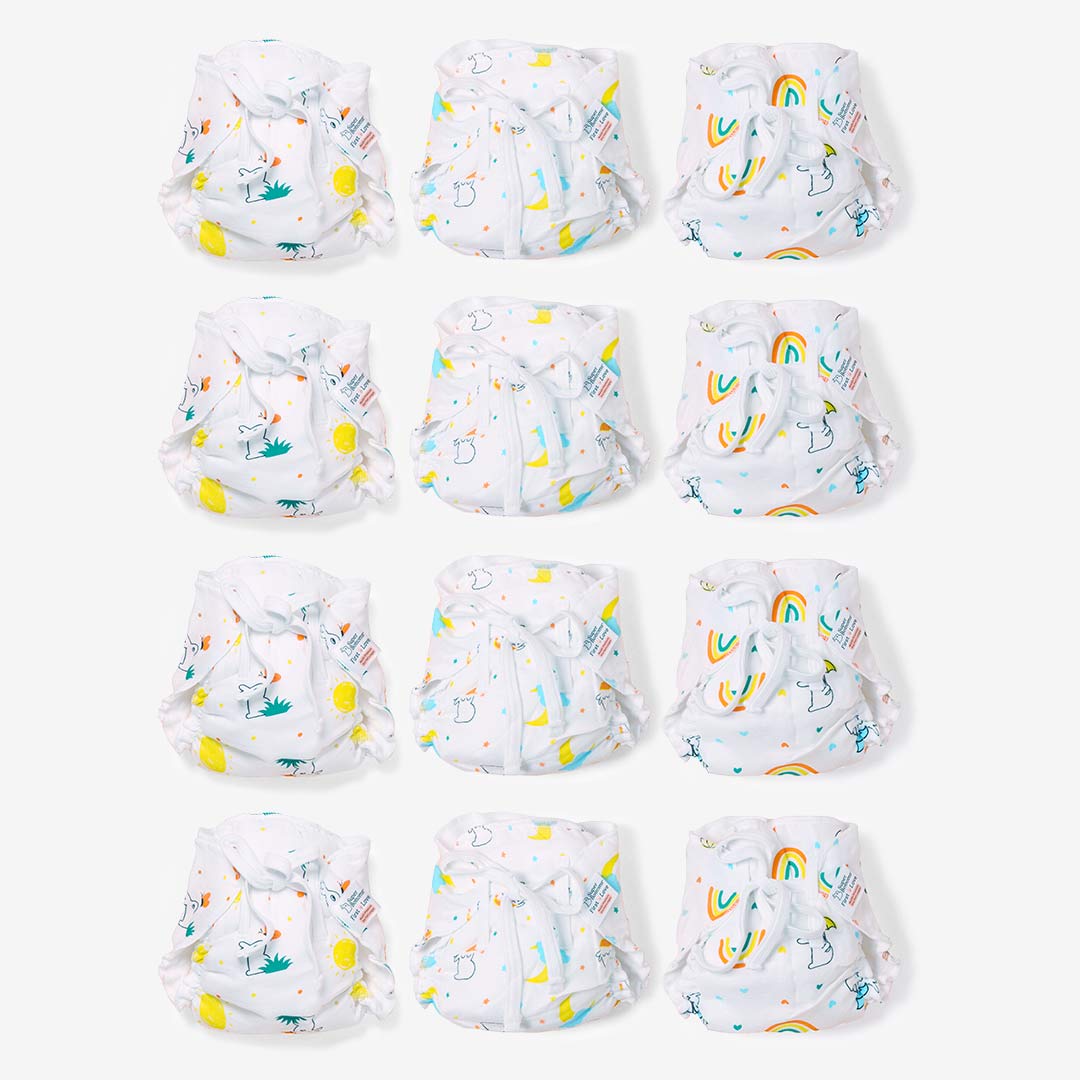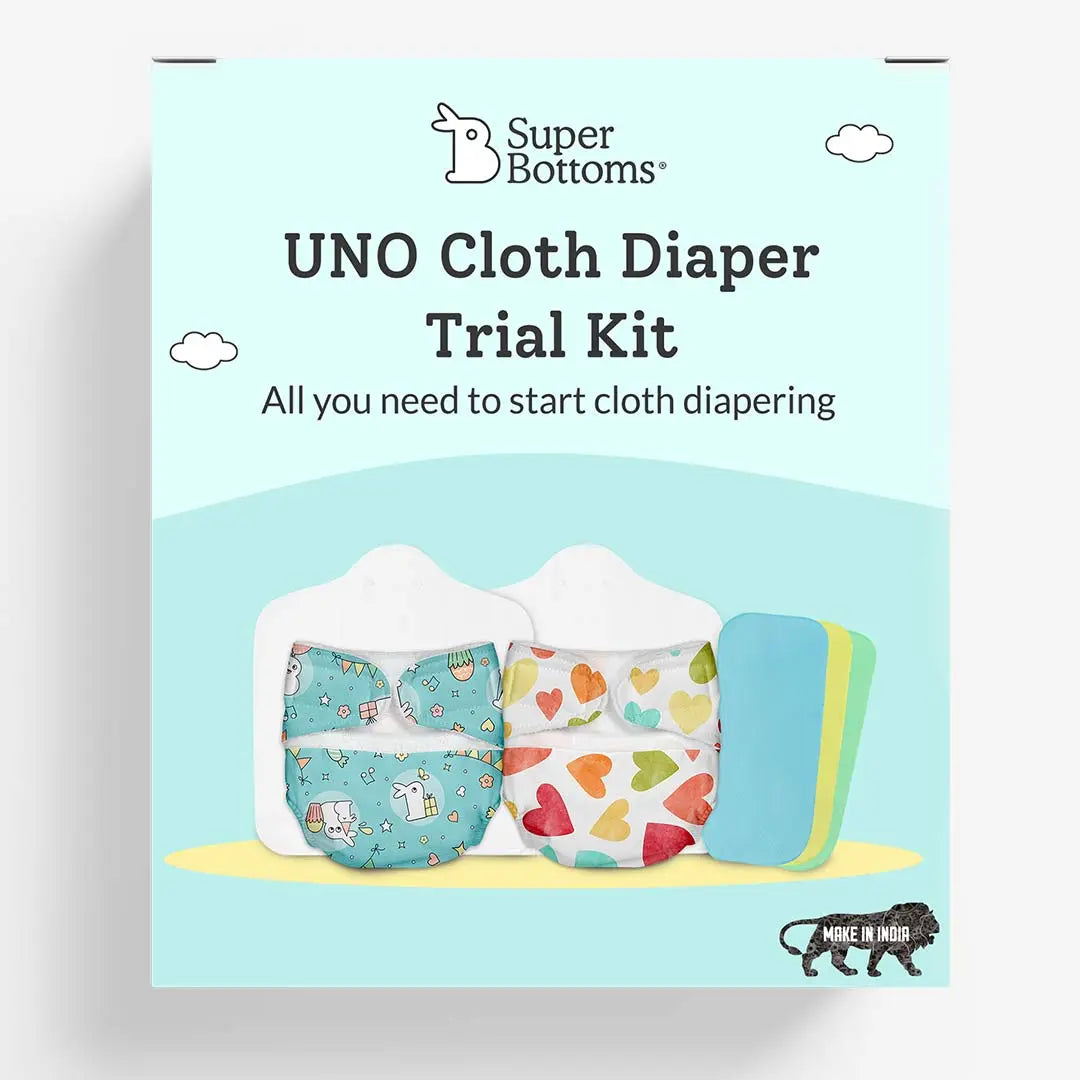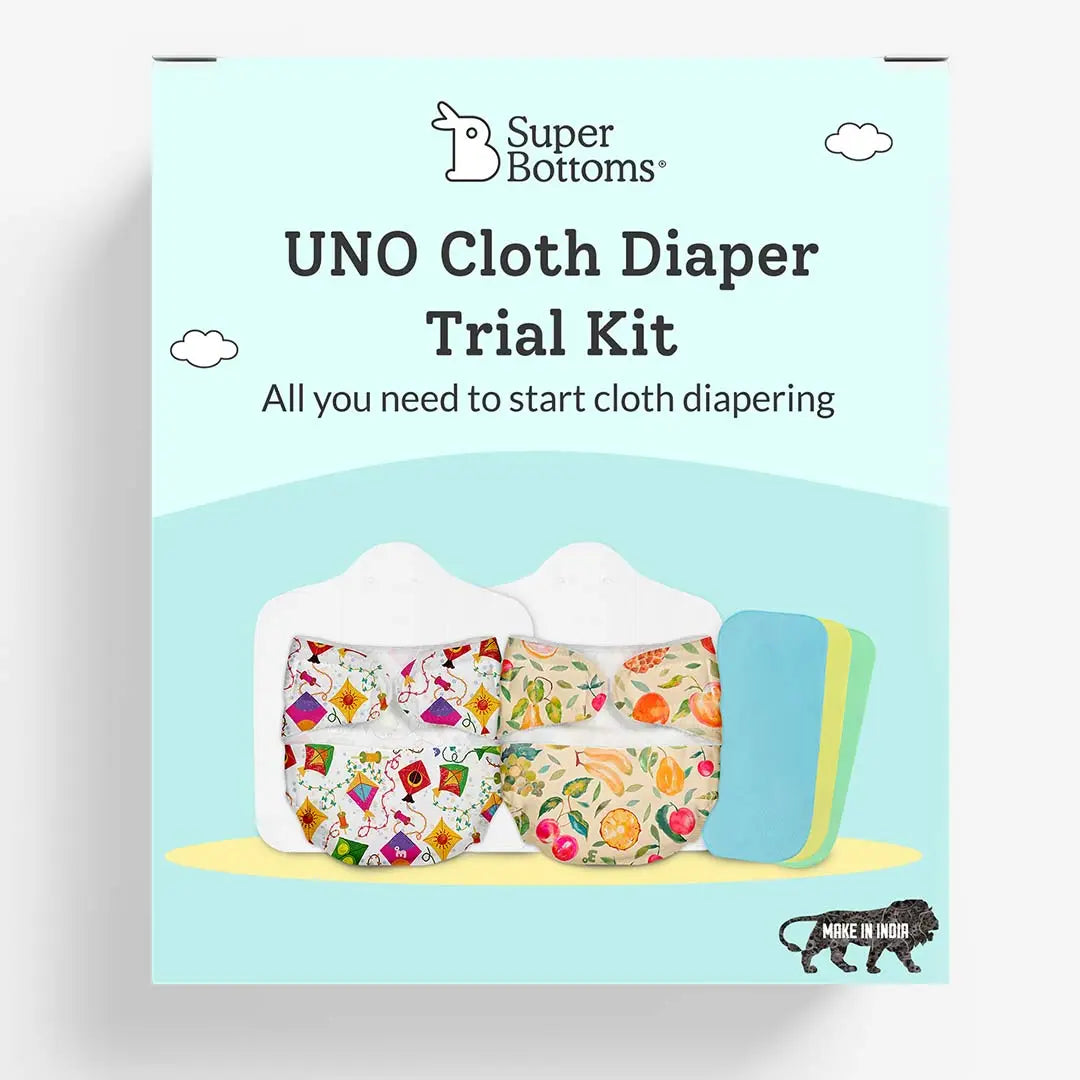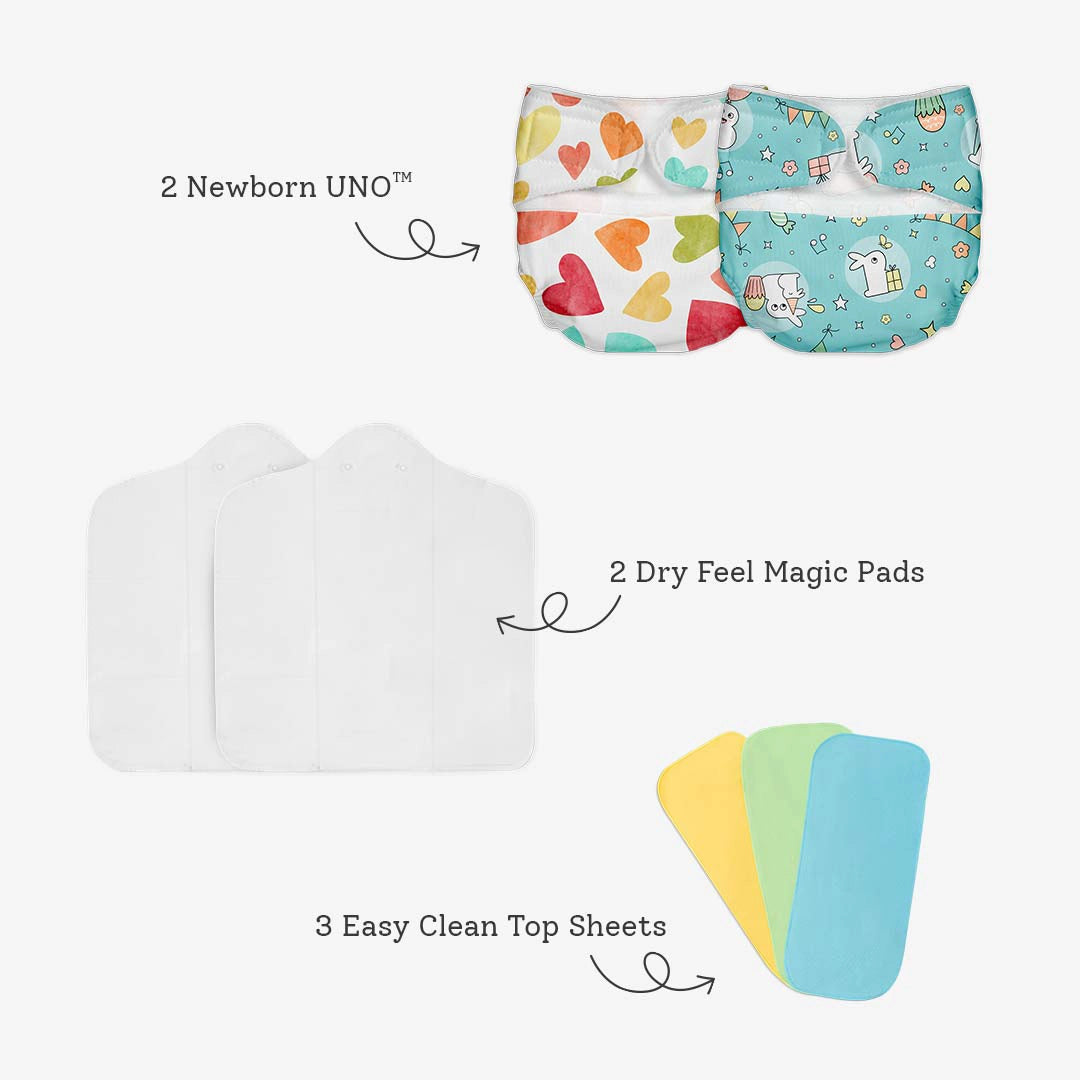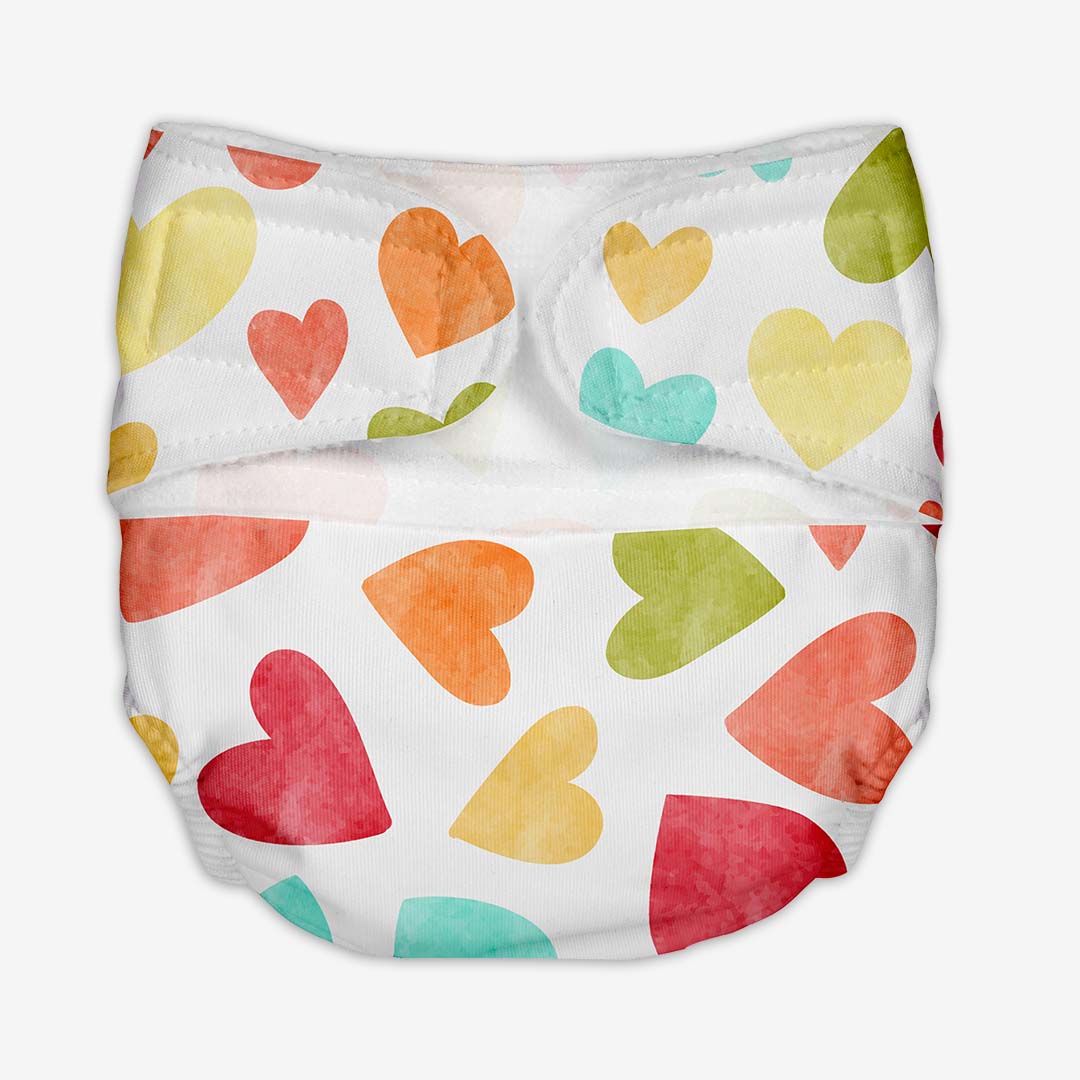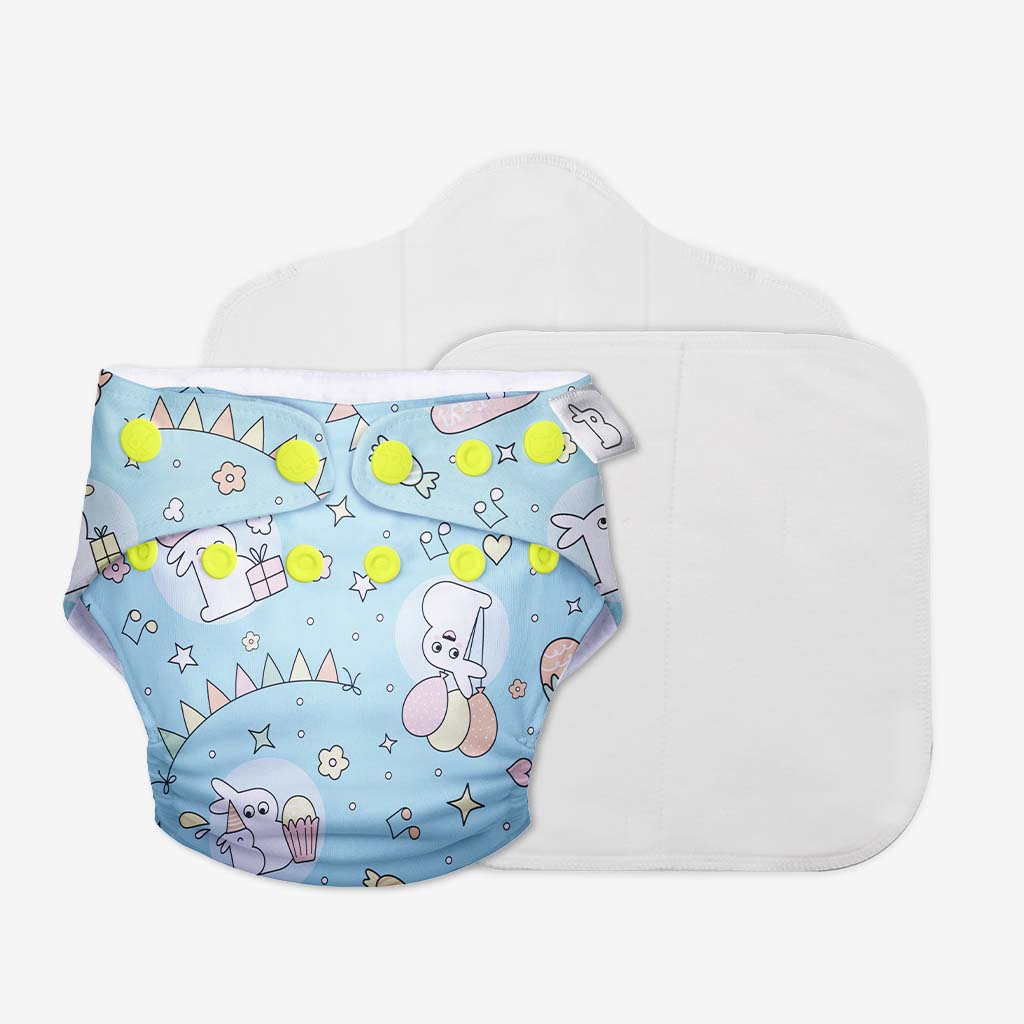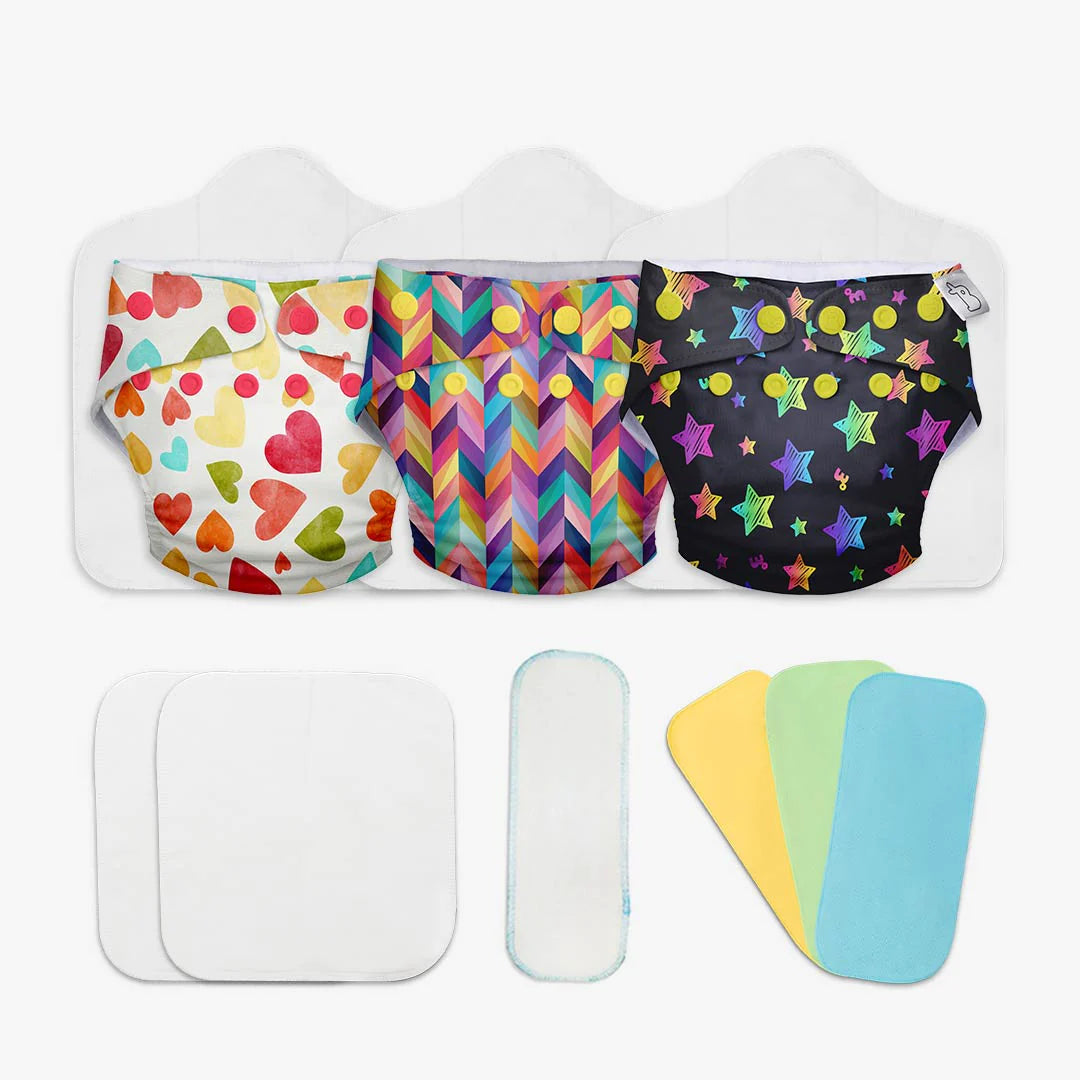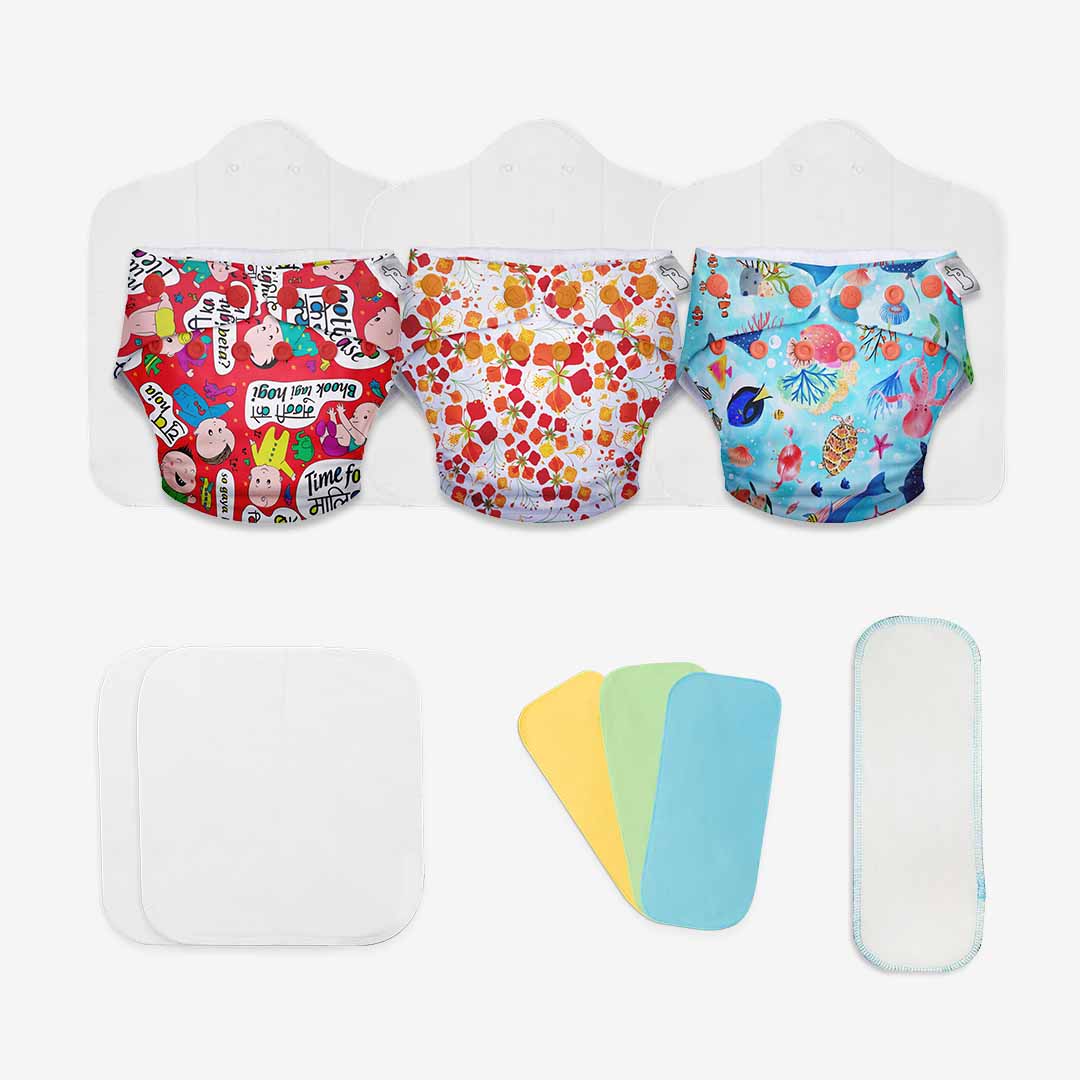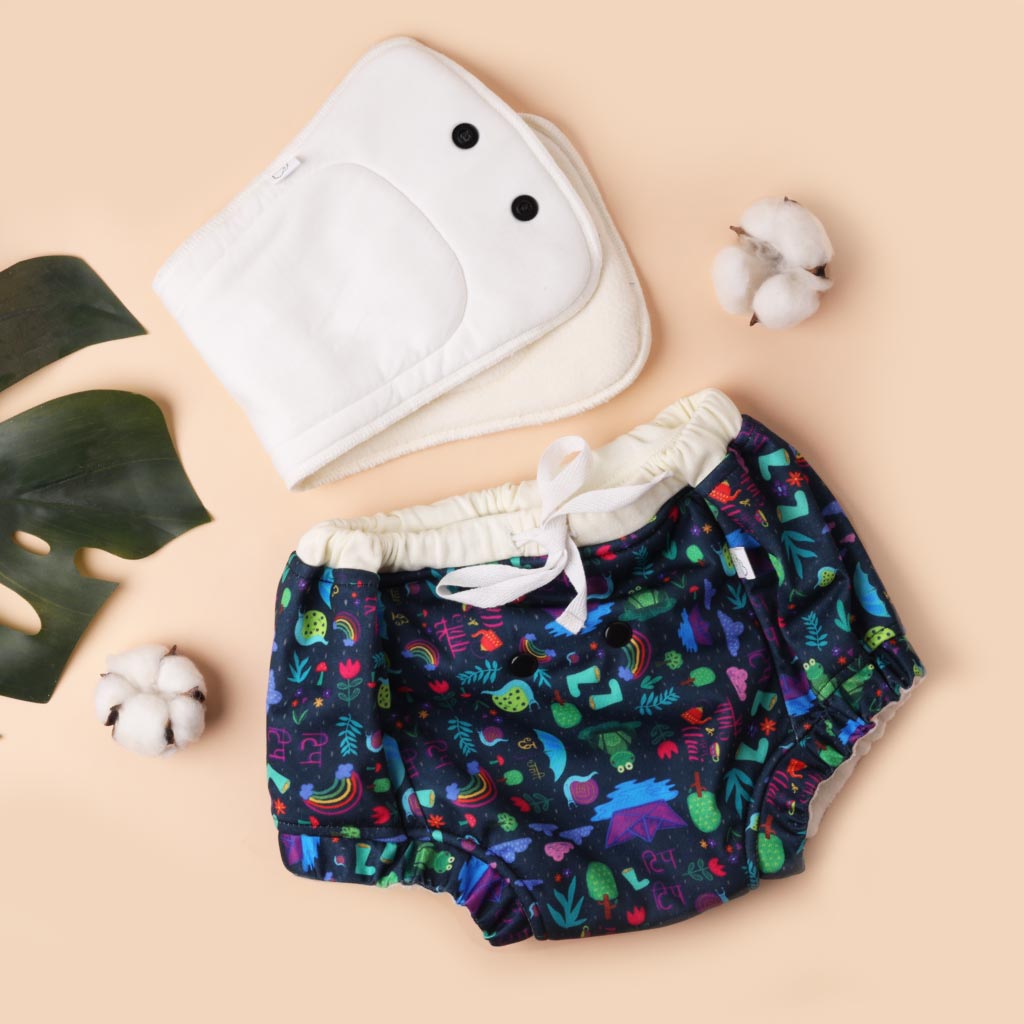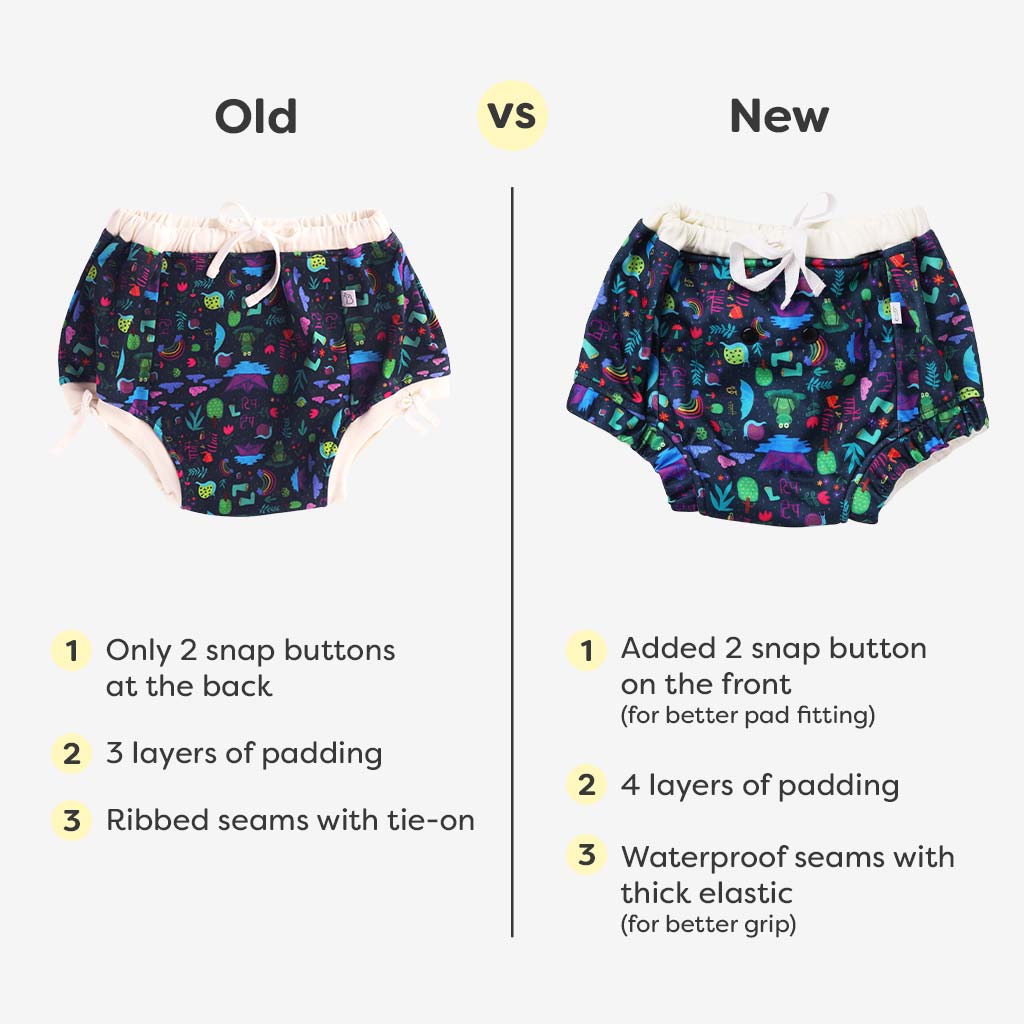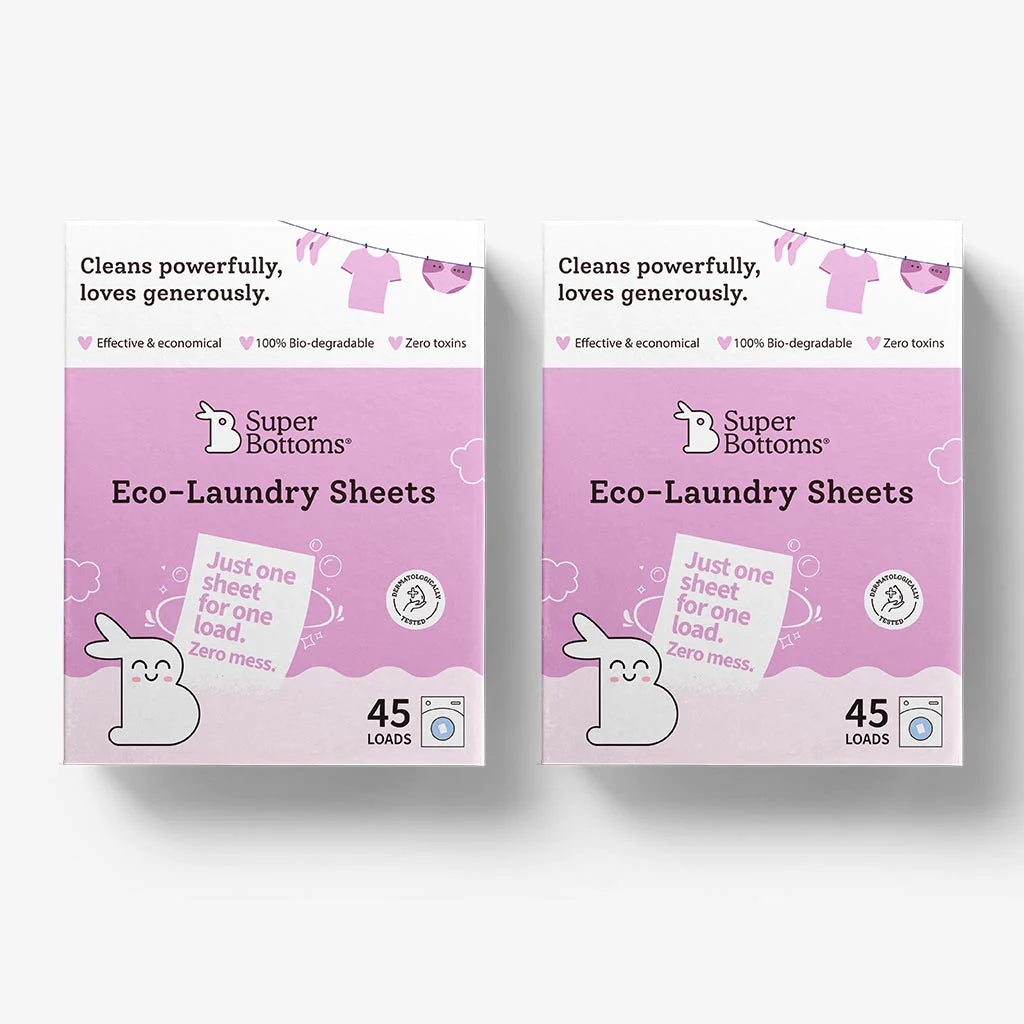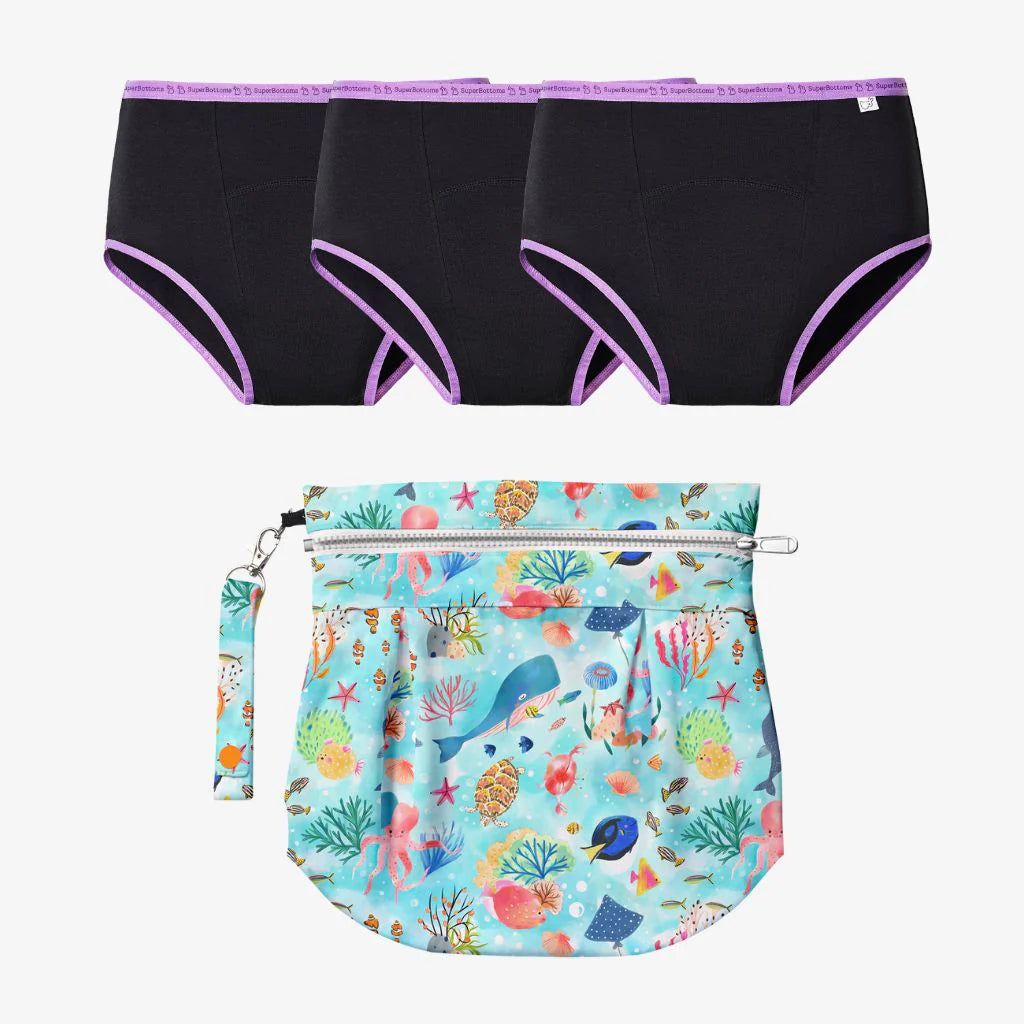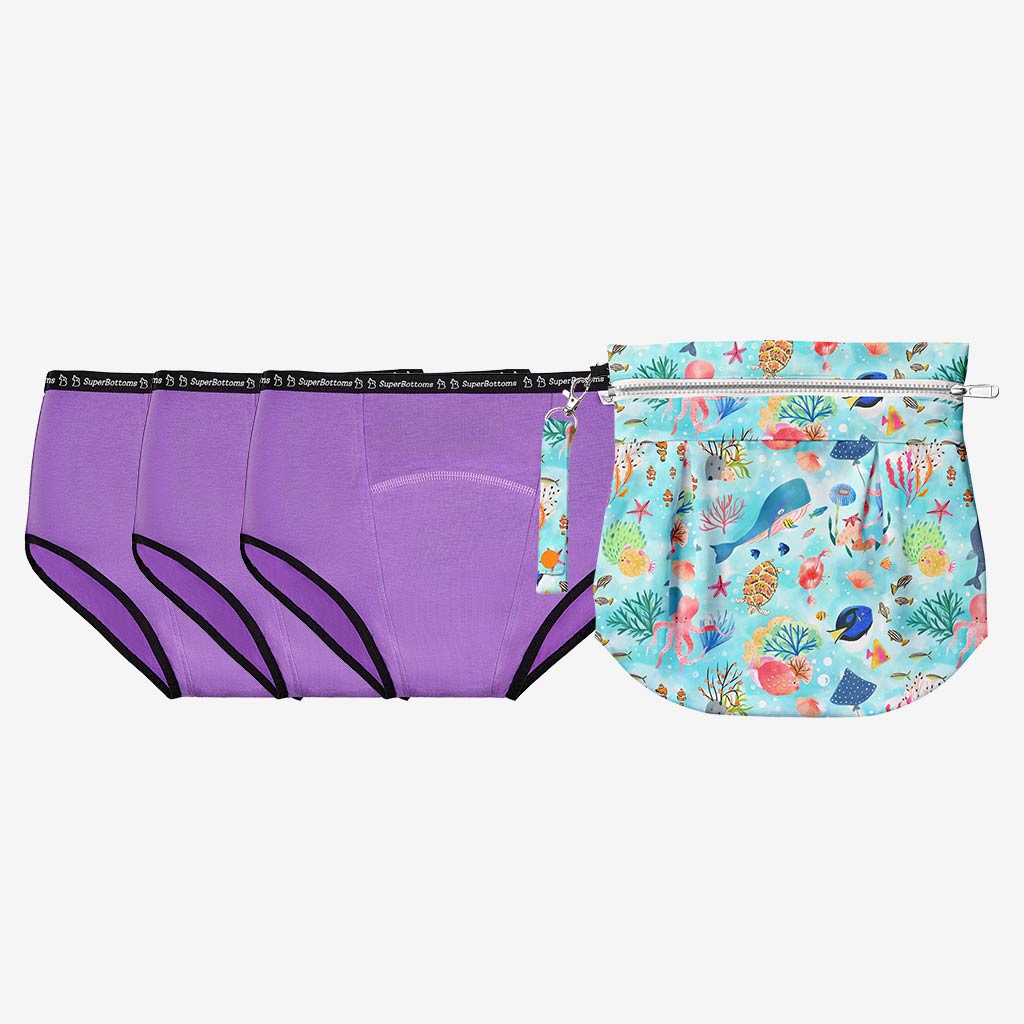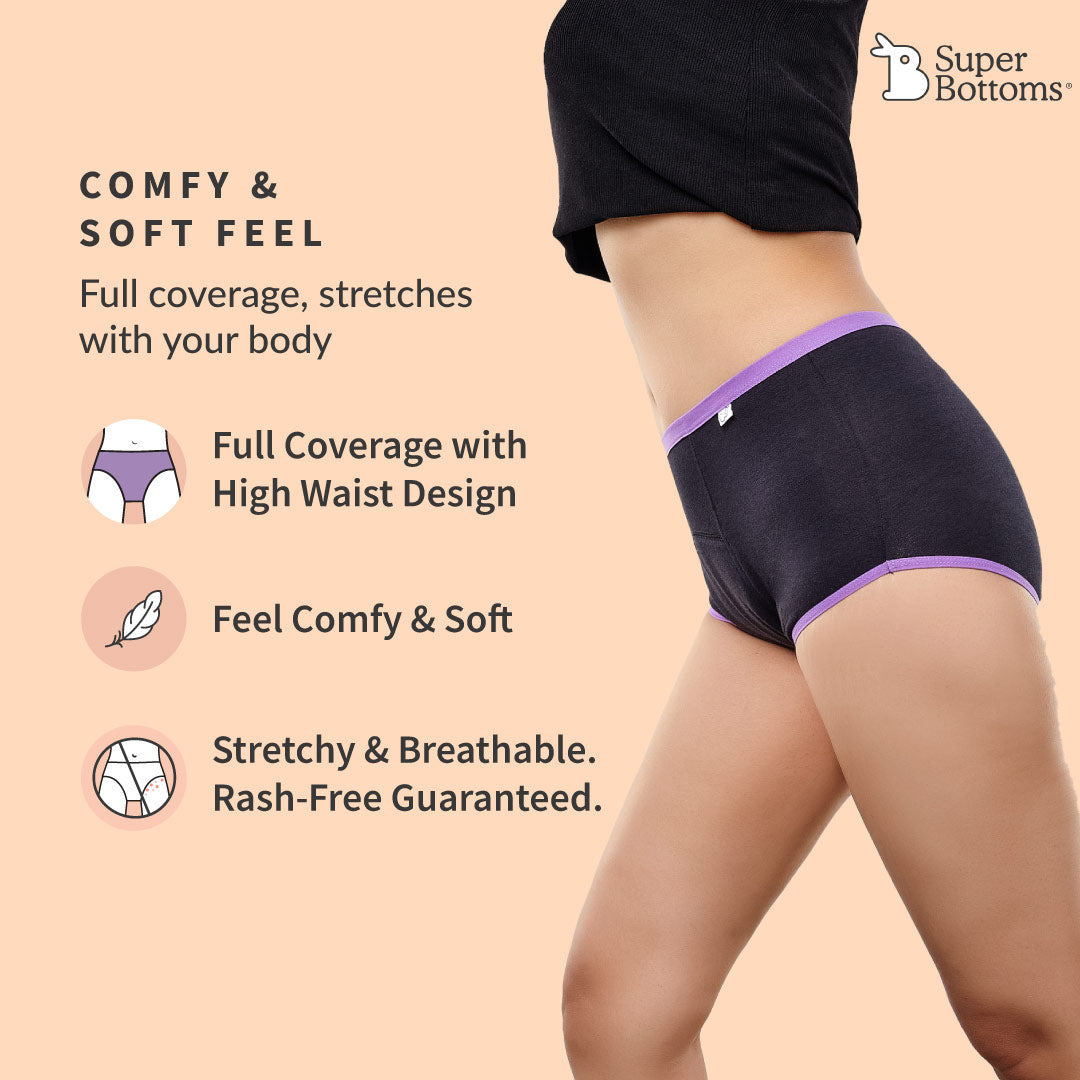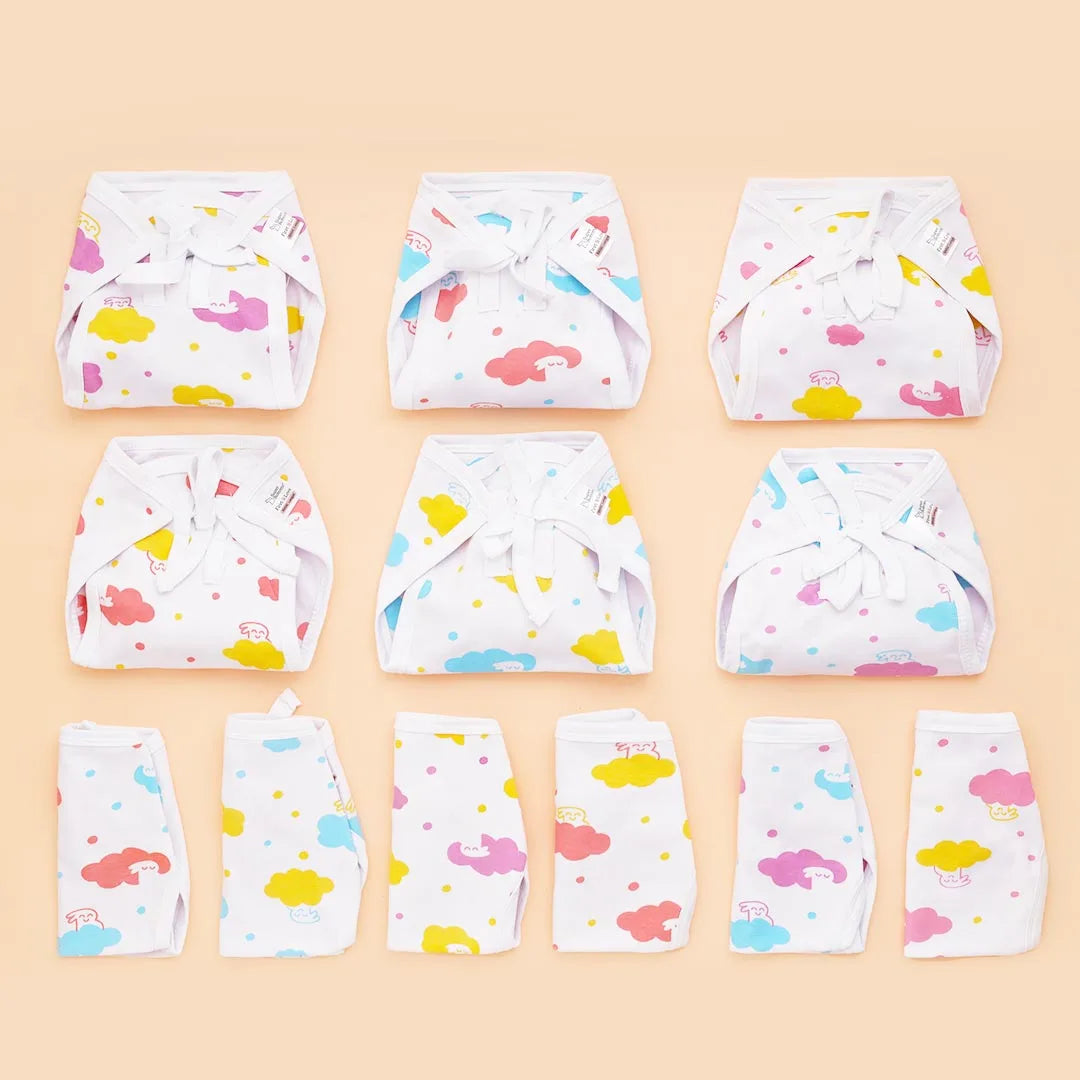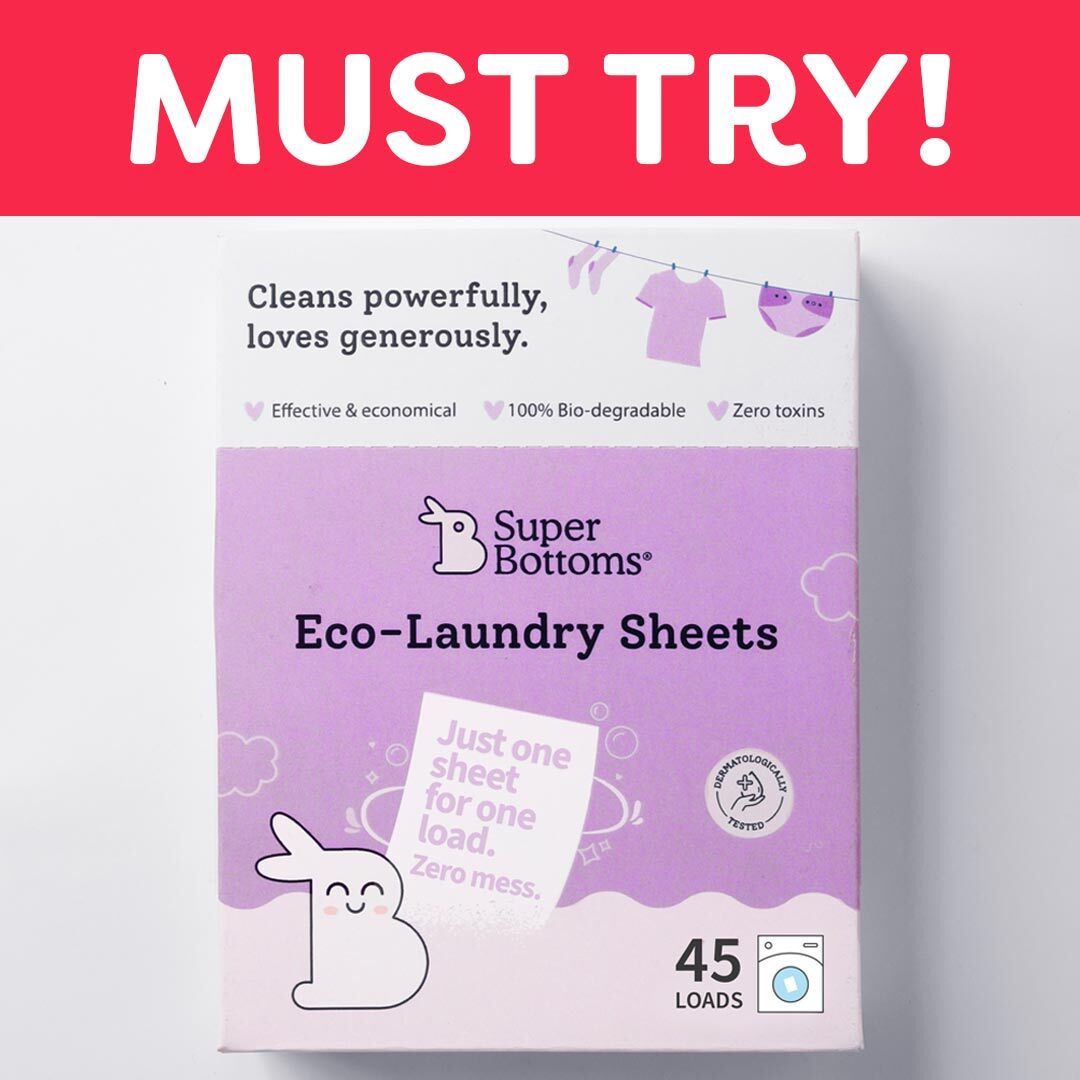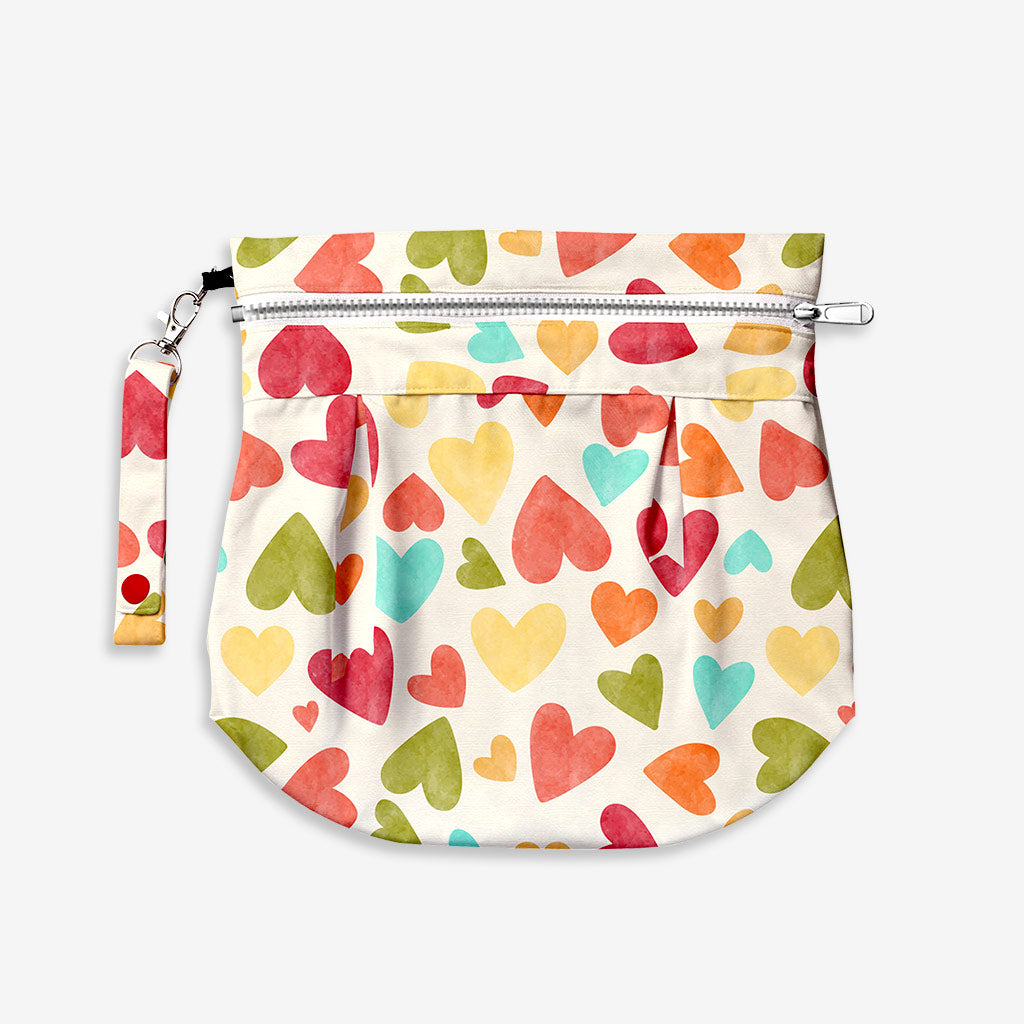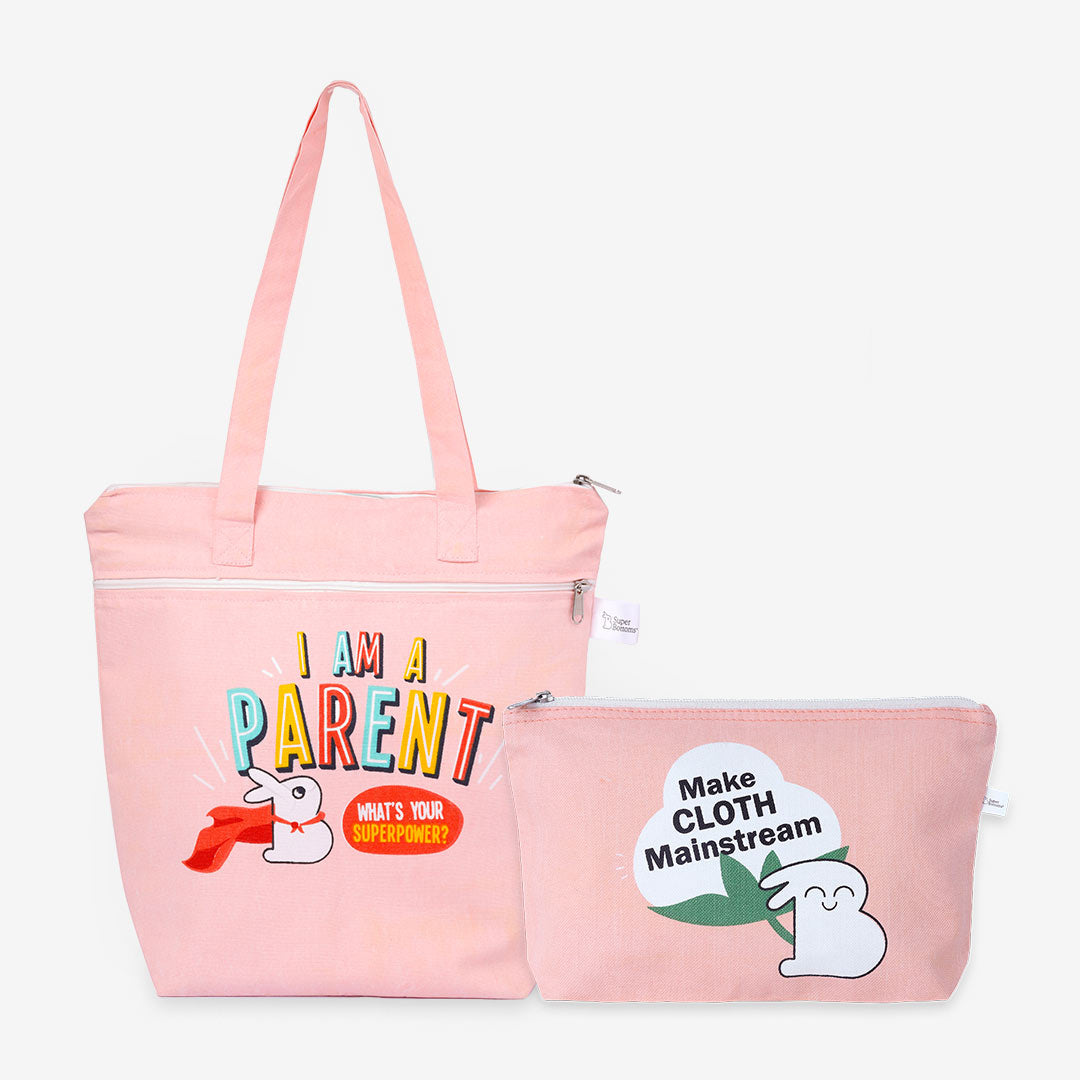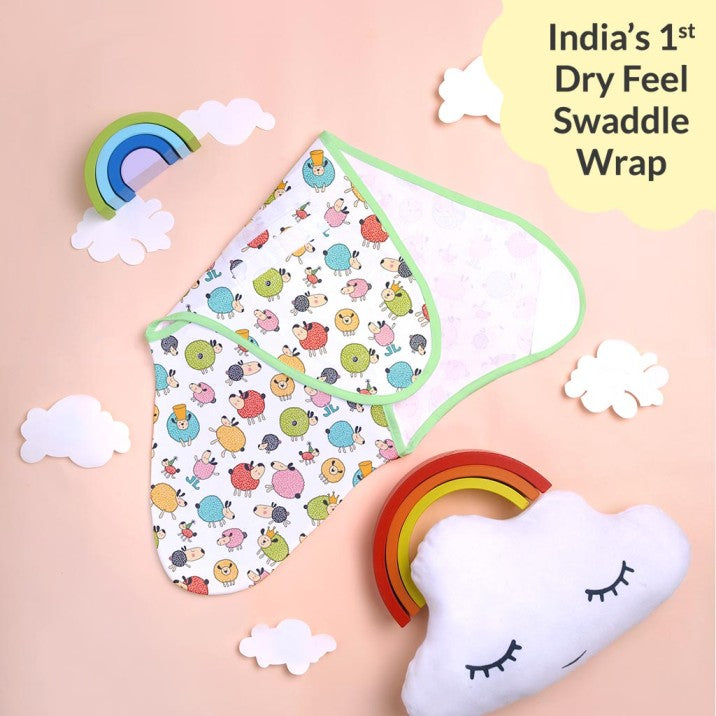• Introduction
• When To Pump Breast Milk
• How To Pump Breast Milk
• Benefits of Pumping Breast Milk
• Disadvantages of Pumping Breast Milk
• How To Increase Breast Milk Supply While Pumping
• How To Store Pumped Milk
• Key Takeaways
• FAQs
• Message From SuperBottoms
Breastfeeding comes naturally to most mothers, but sometimes, due to low supply or latch issues, you might not be properly able to breastfeed your child. Many tools and modern equipment are available to help you in such a situation. Modern parenting sometimes requires modern tools and solutions. Among other breastfeeding accessories, the breast milk pump is quickly gaining popularity among working and busy mothers. This article by SuperBottoms is your go-to guide for everything you need to know about breastmilk pumping & mastering the knowledge about breast milk pumps and the art of breastmilk pumping. Read On!
When To Pump Breast Milk
If you have decided to pump and feed your child, it is important to understand when to start so that you can better control the pumping process by the time you need the output to be what your baby needs to be fed. Here are some tips to help you understand when to start using a breast milk pump.
- Practice and Preparation: Breast milk pumping requires practice, especially if planning to return to work or travel while continuing breastfeeding.
- Early Start: Begin pumping a few weeks to familiarise yourself with the process and allow your body and baby to adjust to the new feeding method.
- Familiarization: Plan and gradually introduce the alternative feeding method to help yourself, your baby, and the caregiver adapt to it.
- Body Adaptation: Understand how your body reacts to pumping and allow time for your body and baby to become accustomed to the new routine.
How To Pump Breast Milk
Here are some simple steps to help you start breast milk pumping comfortably:
- Stay Relaxed: Find a calm, comfortable place to sit and keep a glass of water nearby to stay hydrated.
- Prepare Your Breasts: Gently massage or apply a warm compress to help your breasts adjust to pumping, especially if it is your first time.
- Clean Your Pump: Ensure your breast pump is clean and hygienic to prevent potential infections.
- Positioning: Properly position the pump to avoid discomfort and ensure a good grip, preventing nipple tears or pain.
- Start Slow: Begin with the lowest setting on your pump and gradually increase as you become more comfortable with the process.
Benefits of Pumping Breast Milk
Breast milk pumping offers numerous benefits for both mothers and babies. It provides flexibility, convenience, and the ability to maintain breastfeeding away from the baby. Additionally, it allows mothers to build and maintain milk supply, involve partners in feeding, and provide breast milk for premature or ill babies.
- Flexibility and Convenience: Breast milk pumping allows mothers to store breast milk for later use, enabling them to maintain breastfeeding while being away from their baby for work or other commitments.
- Building and Maintaining Milk Supply: Regular pumping sessions can help mothers establish and sustain their milk supply, especially if they need to supplement breastfeeding or are separated from their baby for extended periods.
- Involving Partners in Feeding: Pumped breast milk allows partners or caregivers to participate in feeding, fostering bonding and support within the family.
- Providing Breast Milk for Premature or Ill Babies: For mothers of premature or ill babies, pumping allows them to provide valuable breast milk, which offers numerous health benefits and supports the baby's development.
Disadvantages of Pumping Breast Milk
Breast milk pumping, while beneficial, also presents some potential drawbacks. These may include the time-consuming nature of pumping, the need for proper storage and handling of expressed milk, and the potential for discomfort or pain during pumping sessions.
- Time-Consuming: Pumping can be time-consuming, requiring mothers to set aside dedicated periods for pumping throughout the day, which can be challenging, especially for working mothers.
- Storage and Handling: Proper storage and handling of expressed breast milk is essential to maintain its quality and safety, requiring additional planning and consideration, especially when away from home.
- Discomfort or Pain: Some women may experience discomfort or pain during pumping, mainly if the equipment is not correctly fitted or if they have sensitive breast tissue, making the experience less comfortable.
|
Limited Offers Ending Sooner - BUY NOW Now or never offers live on the SuperBottoms website. Take advantage of the never-before Good Value for Money on our offer page! Stock up on the bestselling UNO diapers, accessories & other popular SuperBottoms baby and mom products now available in deals and discounts. HURRY, the Deals are Live till stocks last! |
How To Increase Breast Milk Supply While Pumping
If you are wondering, "Does pumping increase breast milk?" this blog section will help you understand how to increase breast milk supply while pumping. Here are some tips to enhance the success of breast milk pumping and boost your milk supply:
- Ensure comfort during pumping, as stress or discomfort can impact milk supply.
- Use a suitable breast pump recommended by your gynaecologist or lactation consultant.
- Focus on thoughts of your baby and feeding while pumping to stimulate letdown and encourage milk production.
- Increase pumping frequency, similar to the effect of frequent breastfeeding, to boost milk supply.
- Prioritize your health and diet, as they significantly influence milk supply, whether breastfeeding directly or pumping.
How To Store Breast Milk After Pumping
Storing pumped breast milk correctly is crucial to maintain its nutritional quality and safety for the baby. After expressing breast milk, it should be promptly refrigerated or placed in a cooler with ice packs if immediate refrigeration is impossible. Labelled storage containers or breast milk storage bags should be used with the expression date indicated. The milk can be stored in the refrigerator for up to 4-5 days at temperatures of 32-39°F (0-4°C). For more extended storage, it can be kept in a deep freezer at a temperature of 0°F (-18°C) or lower for up to 6-12 months. It is important to avoid refreezing thawed breast milk and gently swirl or rotate the container to mix it before use, as shaking can damage its beneficial components.
Key Takeaways
- Modern tools can support breastfeeding: Breast pumps are a helpful solution for mothers who may not be able to breastfeed directly due to low supply, latch issues, or busy schedules.
- Preparation is key for successful pumping: Start pumping early to familiarize yourself and your baby with the process and prioritize a calm and comfortable environment for pumping sessions.
- Pumping offers benefits and drawbacks: While pumping provides flexibility and helps maintain milk supply, it can be time-consuming and require proper storage and handling of expressed milk.
FAQs
Q1 – What are the types of breast milk pump available?
Ans – You can find manual breast milk pump and automatic breast milk pump as the two options for your choice.
Q2 - What are the best practices for cleaning and maintaining a breast pump?
Ans - To maintain a breast pump, disassemble and wash the parts after each use, air-dry them thoroughly, and sanitize them once daily. Regularly inspect the parts for wear and tear, and store the pump in a clean, dry area when not in use, following the manufacturer's guidelines.
Q3 - What should I do if I experience discomfort or pain while pumping?
Ans - If you experience discomfort or pain while pumping, stop and check the fit of your pump flanges. Ensure a relaxed position and consider applying warmth beforehand. If pain persists, consult a lactation consultant for guidance.
Message From SuperBottoms
Hi there, new parents! No matter where you are around the world or in India, SuperBottoms ensures your kids are using the best and safest products. SuperBottoms offers the best cloth diapers, which are completely safe and gentle for your baby, DryFeel langots for diaper-free time, padded underwear for potty training your kids, and period underwear for women. These products suit your baby's delicate skin at any time of year. SuperBottoms is a must-have product for you and your child whether you live in Canada, Kuwait, the United States, Qatar, Hawaii, Bahrain, Armenia, the United Arab Emirates, or the Philippines. SuperBottoms products are also available on Amazon, Myntra, Flipkart, FirstCry, Zepto, Swiggy and Blinkit.
Source Links
1. The Quiet Revolution: Breastfeeding Transformed With the Use of Breast Pumps
2. Breast Pumping | Journal of Ethics | American Medical Association



